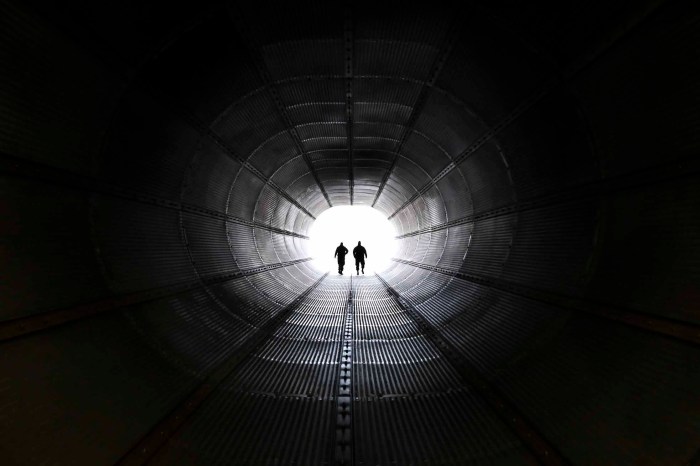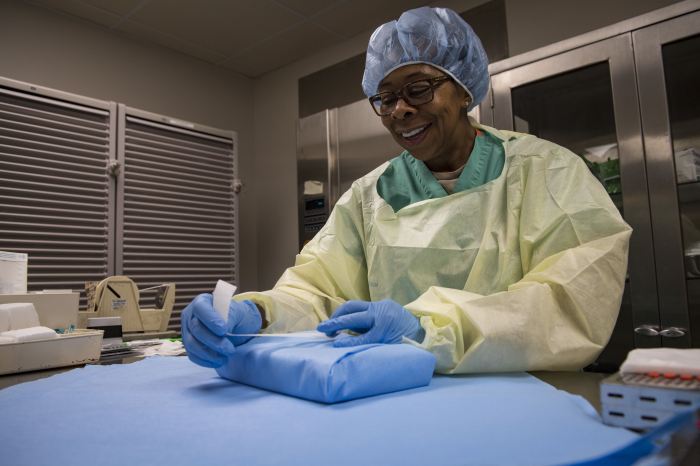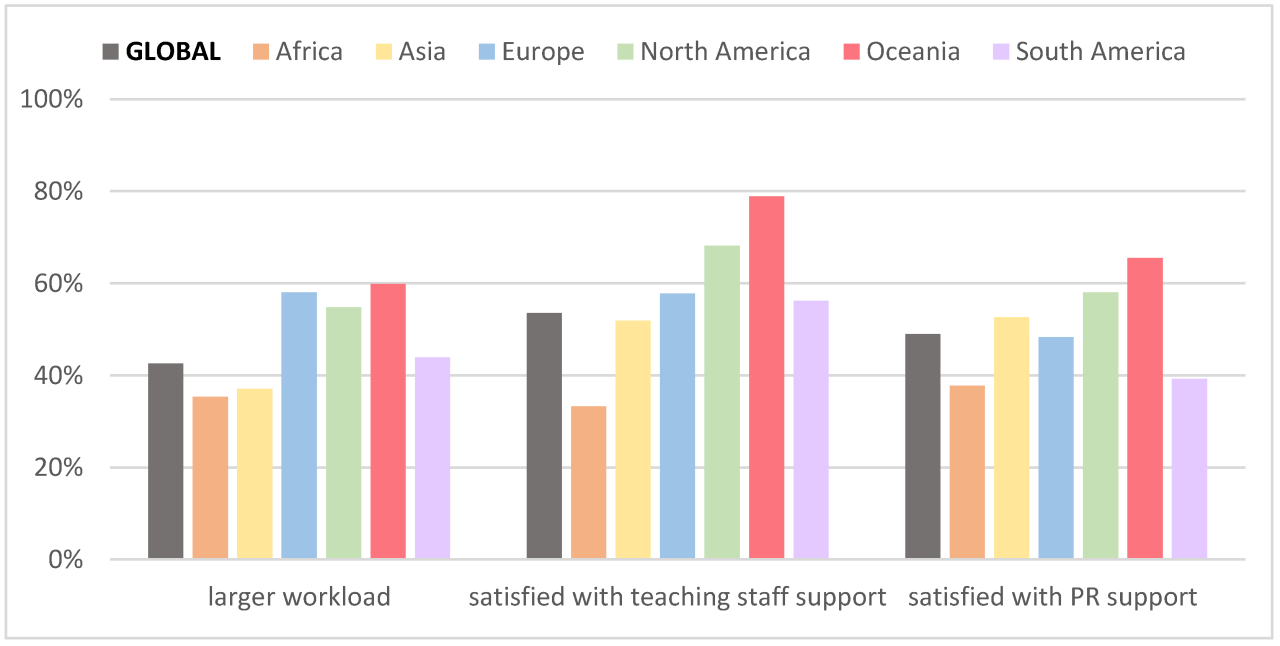Before each flight the remote pic must ensure that – Before each flight, the Remote Pilot in Command (PIC) bears the paramount responsibility of ensuring the safety and compliance of their aircraft. This article delves into the critical pre-flight responsibilities of PICs, emphasizing the significance of adherence to safety measures, aircraft inspection, weather evaluation, effective communication, and emergency preparedness.
As the PIC, thorough pre-flight preparations are not merely a formality but a crucial aspect of ensuring a successful and incident-free flight. By meticulously following established protocols, PICs can mitigate potential risks and hazards, safeguarding the well-being of passengers, crew, and the aircraft itself.
Pre-Flight Responsibilities of the Remote Pilot in Charge (PIC)
The PIC bears the ultimate responsibility for the safety and well-being of all individuals involved in the flight, as well as the aircraft and its payload. Therefore, it is imperative that the PIC meticulously adheres to a comprehensive checklist of pre-flight responsibilities to ensure a successful and incident-free operation.
Essential Pre-Flight Tasks and Checks
- Review and assess weather conditions, including forecasts, winds, visibility, and any potential hazards.
- Thoroughly inspect the aircraft, including its structure, control surfaces, propulsion system, and any attached payloads.
- Verify the functionality of all critical systems, such as flight controls, navigation equipment, and communication devices.
- Securely fasten and stow all cargo and equipment within the aircraft.
- Brief passengers or crew members on safety procedures and emergency protocols.
- Obtain necessary clearances and permissions from relevant authorities, such as air traffic control or airspace regulators.
- File a flight plan, if applicable, to provide information about the intended route, altitude, and estimated time of arrival.
Negligence or failure to adhere to these pre-flight responsibilities can compromise the safety of the flight and may result in accidents, injuries, or legal consequences.
Safety Measures and Protocols: Before Each Flight The Remote Pic Must Ensure That
Adhering to established safety measures and protocols is paramount to minimizing risks and ensuring the well-being of all individuals involved in the flight. These measures include:
Common Safety Measures and Protocols
- Maintaining a safe distance from other aircraft and obstacles during takeoff, landing, and throughout the flight.
- Following established flight procedures and adhering to air traffic control instructions.
- Wearing appropriate safety gear, such as helmets and life jackets, when necessary.
- Avoiding reckless maneuvers or flying under the influence of impairing substances.
- Regularly conducting safety briefings and training sessions for pilots and crew members.
Neglecting safety procedures can lead to catastrophic consequences, including collisions, loss of control, and severe injuries or fatalities.
Aircraft Inspection and Maintenance
A thorough aircraft inspection before each flight is essential to identify and address any potential issues that could affect the safety and performance of the aircraft. This inspection should include:
Key Components and Areas to Inspect
- Airframe: Inspect for any structural damage, corrosion, or loose components.
- Control surfaces: Check for smooth operation and proper alignment of all control surfaces, including ailerons, elevators, and rudders.
- Propulsion system: Verify the proper functioning of the engine, fuel system, and exhaust system.
- Avionics: Ensure that all navigation, communication, and flight control systems are operational.
- Payload: Inspect any attached payloads, such as cameras or sensors, for secure mounting and proper functionality.
Regular maintenance and servicing are also crucial for maintaining aircraft safety. This includes scheduled inspections, component replacements, and software updates to address potential issues before they become significant problems.
Weather Conditions and Flight Planning

Weather conditions can significantly impact flight safety and decision-making. Before each flight, PICs must carefully consider the following weather-related factors:
Weather-Related Factors to Evaluate, Before each flight the remote pic must ensure that
- Wind speed and direction: Strong winds can affect aircraft stability and control.
- Visibility: Poor visibility due to fog, rain, or snow can impair the pilot’s ability to see and avoid obstacles.
- Cloud cover: Extensive cloud cover can limit visibility and make it difficult to maintain visual contact with the ground.
- Precipitation: Rain, snow, or hail can affect aircraft performance and increase the risk of icing.
- Thunderstorms and lightning: These weather phenomena pose significant hazards to aircraft and should be avoided.
Adverse weather conditions can compromise flight safety and may require the PIC to delay or cancel the flight.
Communication and Coordination

Effective communication and coordination are vital for ensuring the smooth and safe execution of a flight. PICs utilize various communication channels to:
Communication Channels and Coordination
- Air traffic control: Communicate with air traffic controllers to obtain clearances, receive instructions, and report any incidents or emergencies.
- Ground crew: Coordinate with ground personnel for assistance with aircraft handling, refueling, and other logistical matters.
- Passengers or crew members: Provide information, instructions, and safety briefings to passengers or crew members.
- Other aircraft: Maintain communication with other aircraft in the vicinity to avoid conflicts and ensure safe airspace separation.
Clear and concise communication is essential for coordinating flight operations, ensuring situational awareness, and responding effectively to unexpected events.
Emergency Procedures and Contingency Plans

PICs must be prepared for emergencies and contingencies that may arise during a flight. These include:
Common Emergency Procedures and Contingency Plans
- Engine failure: Follow established procedures for engine failure, including attempting a restart, declaring an emergency, and landing at the nearest suitable location.
- Loss of control: Take immediate action to regain control of the aircraft, declare an emergency, and seek assistance from air traffic control.
- Fire: Implement fire suppression measures, declare an emergency, and land as soon as possible.
- Medical emergency: Provide assistance to any injured or ill passengers or crew members, declare an emergency, and seek medical assistance.
- Collision avoidance: Take evasive maneuvers to avoid collisions with other aircraft, obstacles, or terrain, and declare an emergency if necessary.
Training and proficiency in emergency response procedures are crucial for PICs to handle unexpected situations effectively and minimize the risk of harm to individuals and the aircraft.
Q&A
What are the key pre-flight responsibilities of a Remote PIC?
Remote PICs are responsible for conducting thorough aircraft inspections, evaluating weather conditions, ensuring proper communication channels, and familiarizing themselves with emergency procedures and contingency plans.
Why is adherence to safety measures crucial before each flight?
Adherence to safety measures minimizes the risk of accidents and incidents by ensuring that the aircraft is in optimal condition, the crew is well-prepared, and potential hazards are identified and mitigated.
What are the potential consequences of failing to adhere to pre-flight responsibilities?
Failure to adhere to pre-flight responsibilities can compromise the safety of the flight, potentially leading to accidents, injuries, or even fatalities. It can also result in regulatory penalties and damage to the reputation of the PIC and the aviation company.